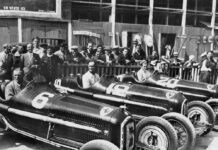The LaFerrari was billed as the ultimate Ferrari. More than 10 years on, it remains a technical tour de force and one of Maranello’s all-time greats.

LaFerrari was indeed The Ferrari – the ultimate Prancing Horse of its day and perhaps still to this day. It remains one of the all-time great Ferraris dynamically, and a superb example of how cutting-edge technology can enhance both performance and driving pleasure. It took everything Ferrari knew from road and racing, and then combined it to deliver a truly extraordinary, limited-edition supercar.

The tech included active aerodynamics, the most advanced carbon fibre chassis of its day and an F1-style KERS (Kinetic Energy Recovery System) hybrid powertrain. These all made it the fastest and most powerful Ferrari up to that time. Yet it felt like a great analogue sports car, feelsome, blindingly fast and utterly controllable, serenaded by a screaming V12 soundtrack.
Launched at the Geneva Show in 2013, the LaFerrari was so named to signify that it really was the definitive Ferrari. It was the latest in a noble lineage of limited-edition Ferrari hypercars, from GTO to F40, F50 and Enzo.
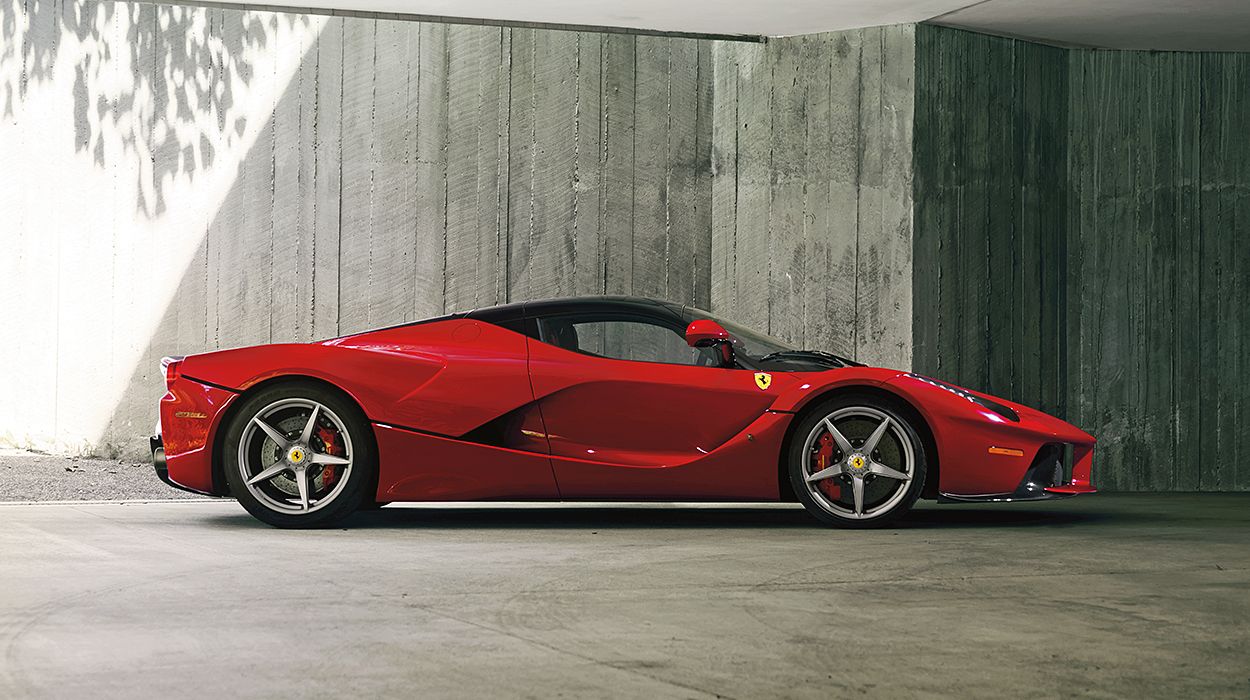
Its headline tech was that KERS system, first used in Formula One in 2009, and widespread from 2011. It helped Kimi Räikkönen win the 2009 Belgian GP. On the LaFerrari, the KERS system provided energy for the 163 cv electric motor that drove the rear wheels directly through the differential. The e-motor’s job was purely to boost performance. Unlike many hybrids, it was not designed to run in electric mode. Rather, it silently supplemented the 6.3-litre V12 and its 800 cv at 9000 rpm (it could keep revving to a sensational 9250 rpm).
Crucially, the e-motor boosted torque to make acceleration more linear and faster, especially from low revs. The result was immediate throttle response and a seamless power delivery. This also had the happy by-product of allowing the V12 to be tuned for top-end power: one reason for its big revs and enormous cv figure.
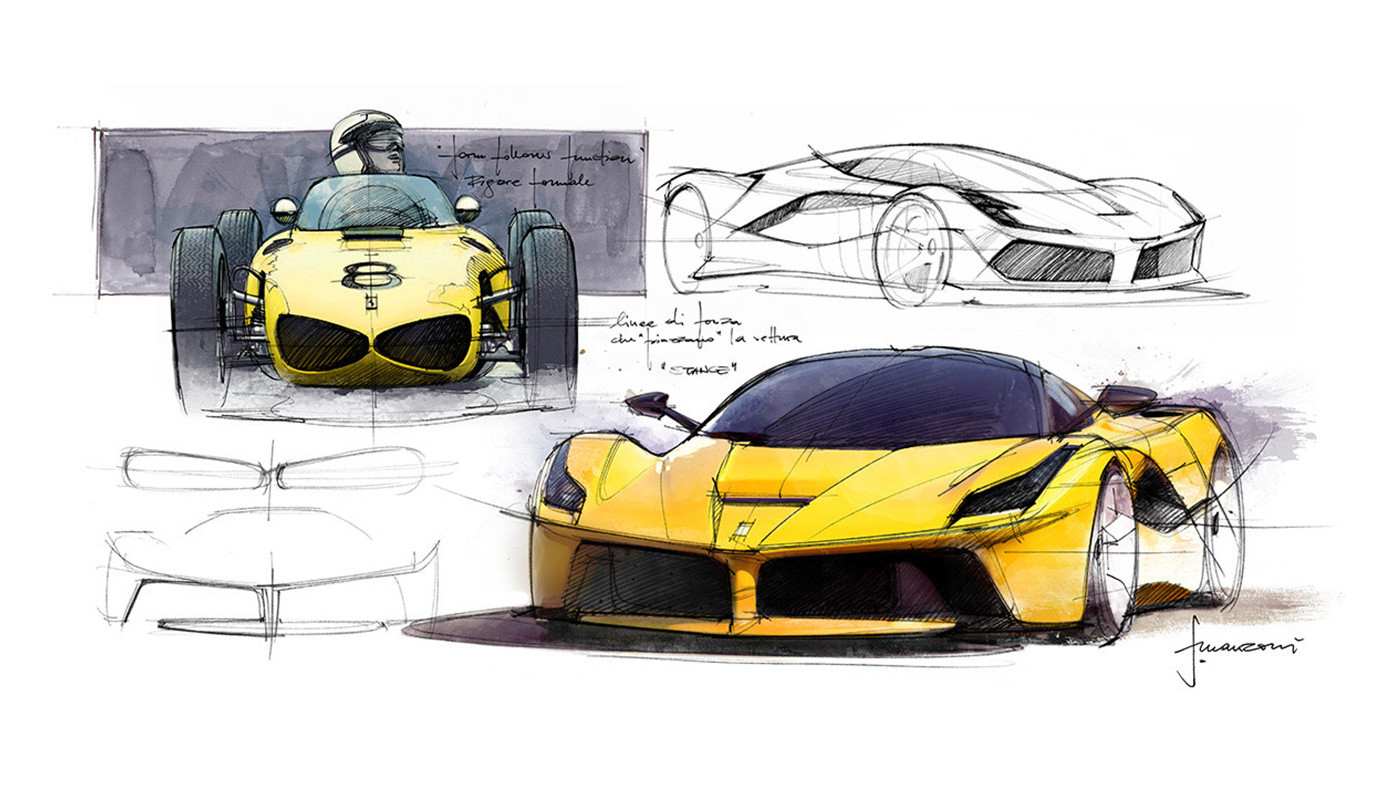
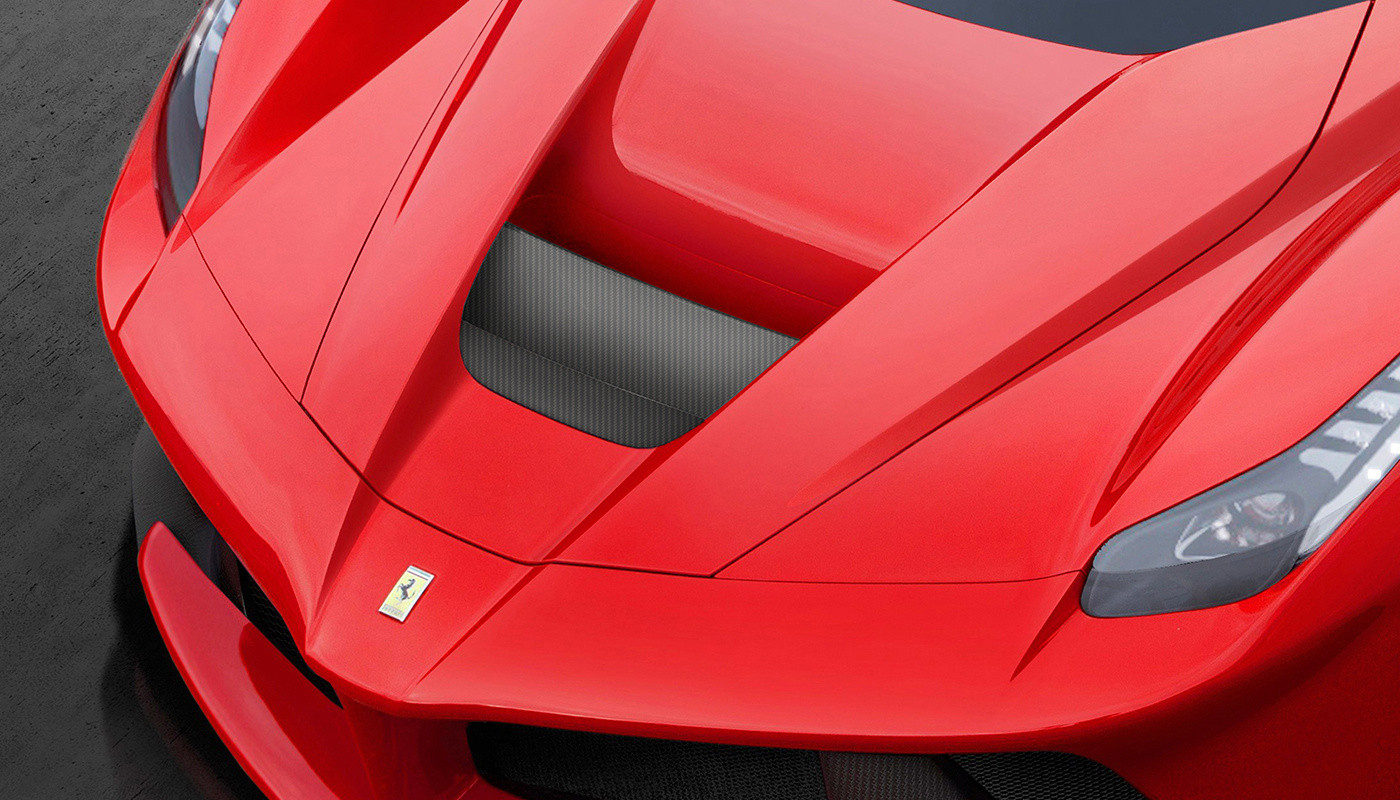
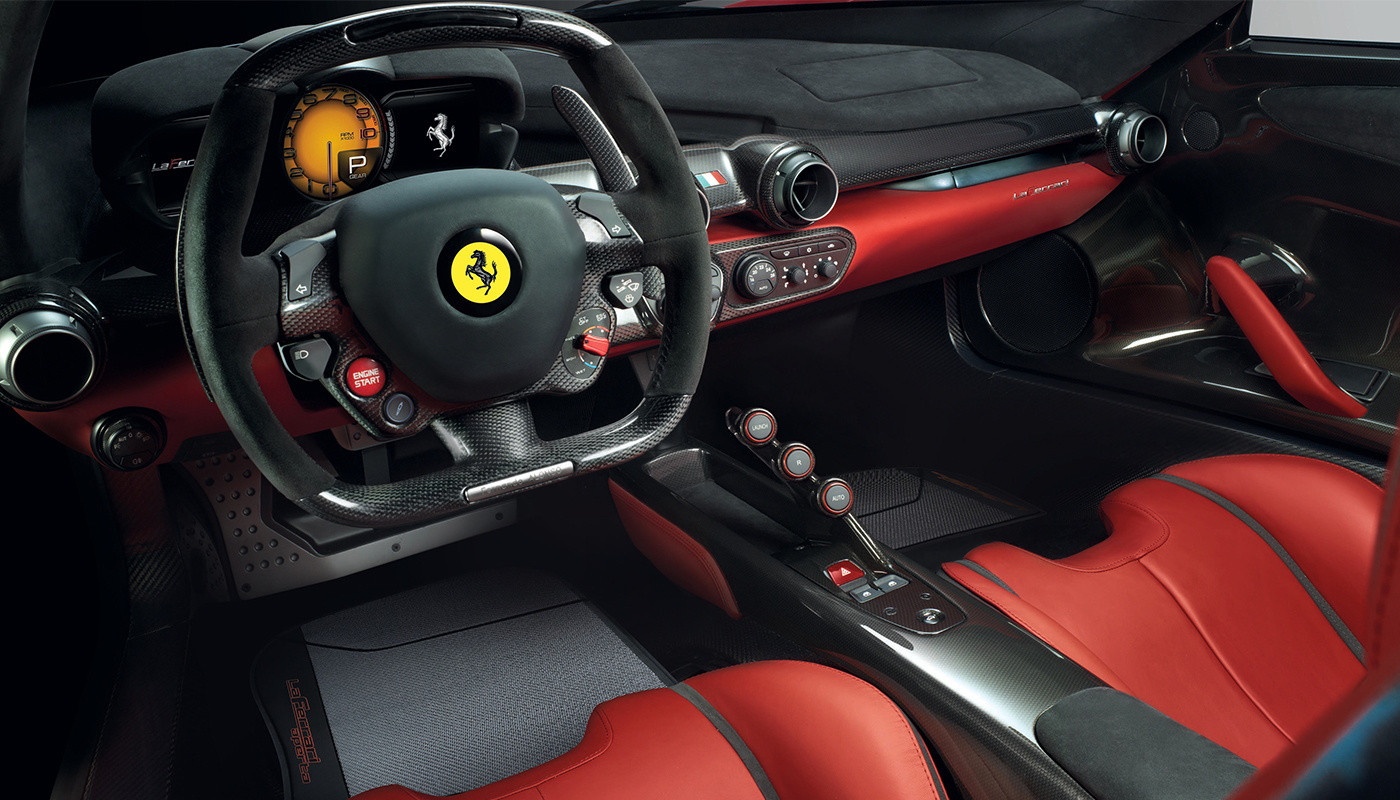
Combined power of V12 and e-motor was 963 cv – making this easily the most powerful road Ferrari of its day. The fastest, too. The numbers were staggering: maximum speed of more than 350 km/h, 0-100 km/h in under 3.0 seconds, 0-200 km/h in under 7.0 seconds and 0-300 km/h in 15 seconds. Around Fiorano, it was 5.2 seconds a lap quicker than its Ferrari limited-edition supercar predecessor, the Enzo.
As well as being Ferrari’s first hybrid – a pointer to the Scuderia’s electrified future – the car’s active aerodynamics were also pioneering. The integrated rear spoiler dipped and tipped, as needed, but most of the aero magic took place under the car, thanks to automatically adjusting flaps on the front and rear diffusers, and the underbody guide vane. These all helped to improve cornering and braking performance, top speed, and the controllability and feel of the car.
This also had the happy corollary of allowing the upper surface of the car to be free from big spoilers and other add-ons. It gave a clean and classic Ferrari aesthetic, including hints of comely ’60s sports racers such as 330 P4 and 312P. It was a sculptural and very beautiful car, and highly distinctive too – including an almost fighter jet-like glasshouse canopy.
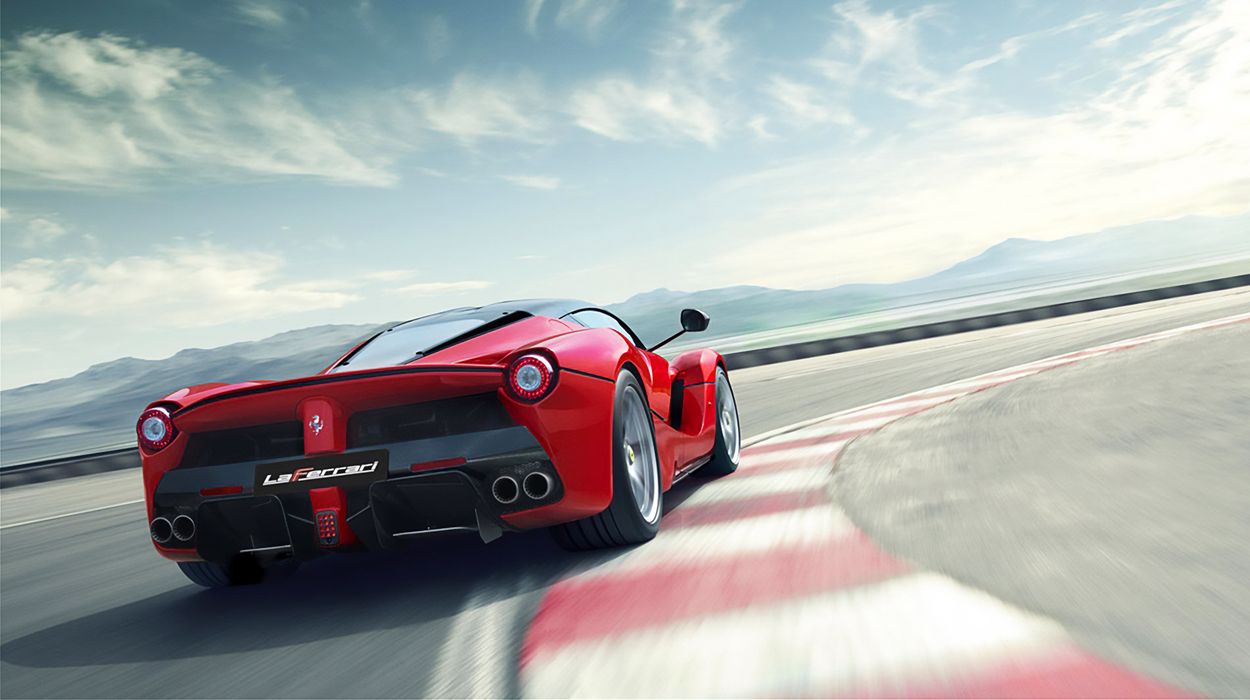
Apart from the KERS hybrid system, other F1 niceties included the carbon fibre chassis, designed partly by Rory Byrne, responsible for 11 world championship winning F1 Ferraris. Materials were the same as on a GP car: its chassis had 27 per cent more torsional rigidity than the outstanding Ferrari Enzo, and yet was 20 per cent lighter. The astonishing rigidity further boosted handling excellence and driving predictability. Of course, the LaFerrari sold out instantly. All 499 went before the car was unveiled. Its open-top brother, the Aperta followed.
The LaFerrari remained Maranello’s most powerful car until the plug-in hybrid SF90 Stradale, which hit the magic 1000 cv mark when launched in 2019. Its latest and even more powerful iteration, the SF90 XX Stradale, recently beat the LaFerrari’s Fiorano lap time by an amazing 2.4 seconds – demonstrating just how quickly Fiorano lap records can tumble, the potential of electrification in high performance cars, and the pace of technical development at Maranello.
Report by Gavin Green for ferarri.com
Video by Oliver McIntyre




